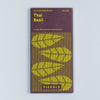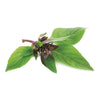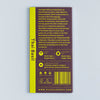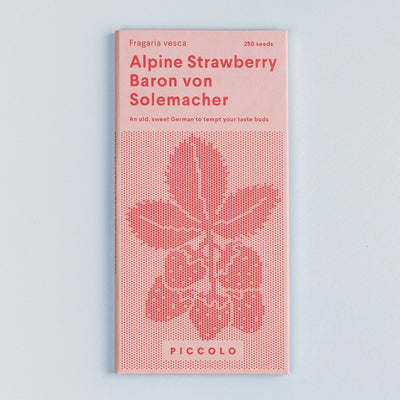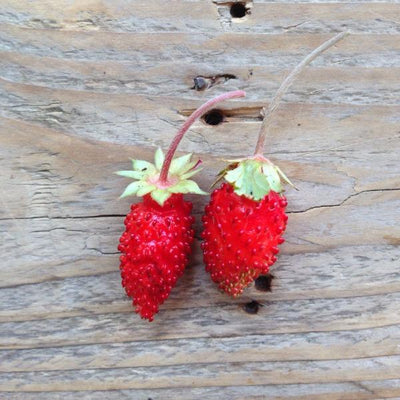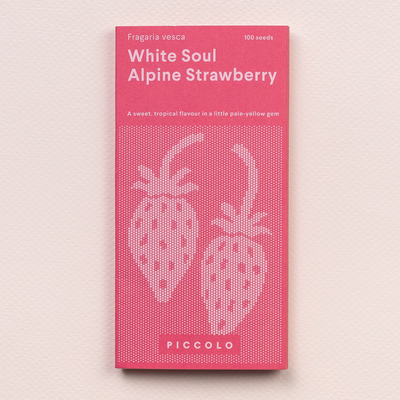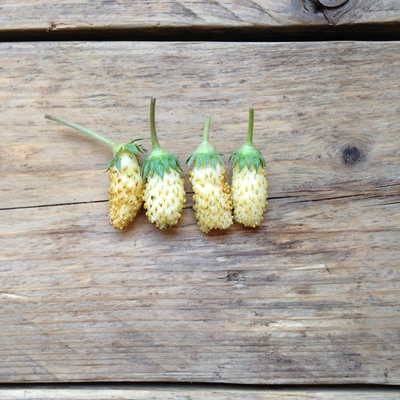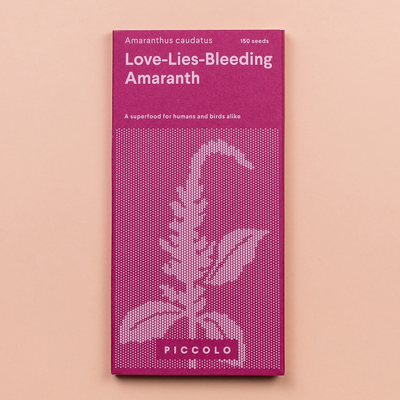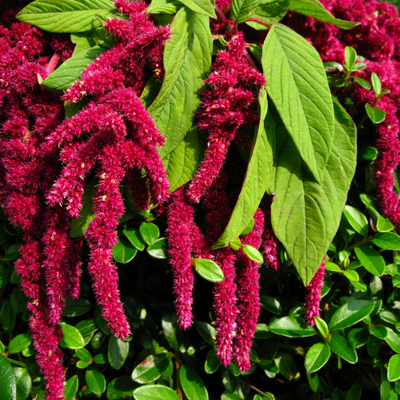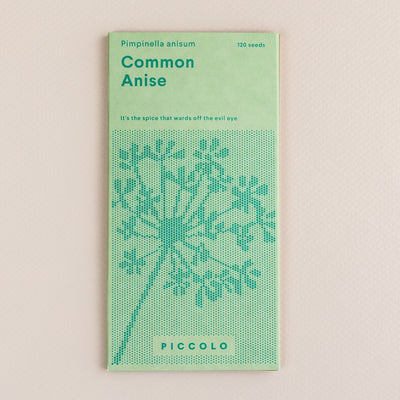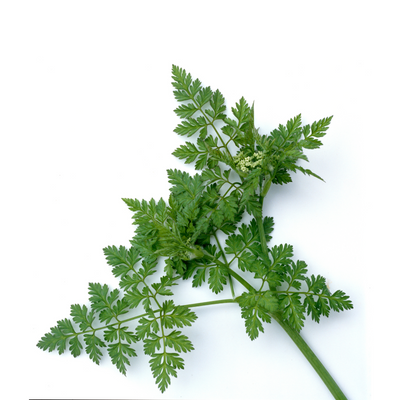Basil Thai



Regular price €3.00
Thai Basil (Ocimum basilicum var. thyrsiflora) is a spicy, anise-liquorice flavoured basil, which is also known as horapa in the Thai language. With their lovely purple stems and purple-veined leaves on a shiny, dark green background, these plants are not only grown for their culinary uses but also as ornamental specimens. Thai Basil is widely used in the cuisines of Southeast Asia, including Thai, Vietnamese, Lao and Cambodian cuisines. It is best when eaten raw—in fact, a plate of raw Thai Basil leaves is often served as an accompaniment to the Vietnamese dish called pho. The plant is said to have the ability to convey good fortune to its user while also protecting him or her from evil spirits. If a leaf is placed in one's pocket, it will cause money to enter one's pocket soon thereafter.
Details
Latin name
Ocimum basilicum
Name
Basil
Variety
Thai
Quantity
120 seeds
Plant size
Height 40 cm
Width 20 cm
Container size
Height 20 cm
Width 20 cm
Companion plant
Tomatoes, peppers, oregano, parsley, garlic chives, alpine strawberries
How to grow
Sowing
Indoor Feb-Mar
Outdoor Apr-June
Timing
Germination 5-10 days
Harvesting 40-60 days
Spacing
When sowing 1-3 cm; Depth 0,3 cm
When thinning 3-5 cm
Growing
Sunligth Full sun to partial shade
Soil Well-drained, light and moist soil
Watering Regular watering, not overdone
Feeding Light feeder
Caring
Expert tip To promote a nice bushy plant with lots of scented leaves, prune this basil early and often by pinching off the upper set of leaves. Cut the flowers off to prevent the leaves from becoming bitter.
Supporting
Pollinators
Attracts bees and butterflies.
Pests
Repels aphids and mosquitoes. Improves the health of other plants (and people!).
How to eat
Harvesting
Pinch out leaves as you need them. As fresh basil wilts and loses both its colour and fragrance soon after harvesting, it is best to keep basil in a glass of water and in a cool, dry, dark spot. Use any that is left over from your recipes for a refreshing herbal tea.
Eating
Medicinal properties Refreshing and relaxing, basil stimulates appetite and lifts the mood.
How to eat When it comes to Southeast Asian cuisine, Thai Basil is a leading spice used in stir-fry, noodle and curry recipes. Since it can be eaten both raw and cooked, it can be used to add anise flavour to any dish. Additionally, Thai Basil, coconuts and lime are great friends—so you can also use it to treat yourself with a refreshing iced sorbet!

